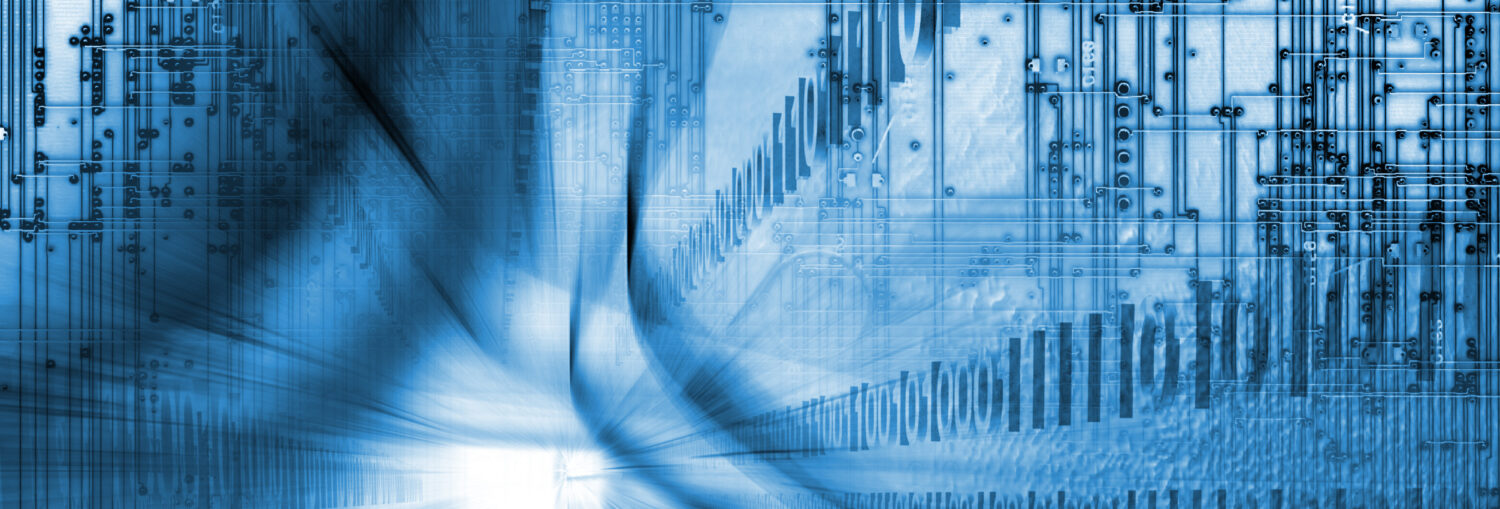What is it all about?
“3D printers”, the term defines itself. The first 3D printer was introduced in 1980 and at that time it was known as the rapid prototyping apparatus. It was named so, as the process was relatively fast and cost effective for creating prototypes. In 1986 the complete patent for the 3D printers was issued to the stereo-lithography apparatus by Chuck Hulls, who later on founded the 3D systems cooperation.
In simple words, a 3D printer creates a three dimensional object by using 3D models of the object to be formed & by using different types of raw material depending upon the type of object to be prepared.
The most common type of 3D printing technique is called stereo-lithography which uses a vat (container) of photo-polymer resin. During the process of manufacturing the liquid polymer is exposed to light, where the UV laser light draws the cross section of material by hardening it, layer by layer and repeats the same process to forma complete 3D structure or a prototype.
Along with stereo-lithography many other 3D printing techniques are incorporated in the field of 3D printing nowadays.
Application Areas:
3D printing can be put to use in various areas such as Food, Manufacturing, Aerospace, Oil and Gas, Pharmaceuticals, Footwear, Medical, Electronics, Toys etc. Since a 3D printer can create three dimensional objects, it can be used in any product manufacturing area.
Industrial Impact:
3D printing might trigger another industrial revolution as it will tremendously affect the manufacturing world, both technically and economically. The concept of ‘Distributed 3D printing manufacturing’ also offers the promise of a lower working capital as it eliminates the need for large stocks of raw materials, semi-manufactured parts and labor costs.
Manufacturing near the point of demand makes the supply chain and logistics very simple and much more efficient, only the raw material needs to be transported. Also the waste product is nearly zero so there is no harmful impact on the environment which has become a great cause of concern in today’s world.
Future Advancement:
Although many advances have already been made in the 3D printing domain and it also seems to be a very advanced piece of technology, but soon 3D printing will become an obsolete concept and would then get replaced by a relatively new concept that is 4D printing.
4D printing will become the continuation of 3D printing in which an additional ‘time’ dimension will get added in combination with the other 3 dimensions, which are already present and getting used in 3D printing.
The main concept of this technology is that the object which is printed in 3D is capable of transforming into different shapes with time and so, this way, it gets its predetermined shape.
After all many researches have been done and are still happening in the field of 3D printing due to which we can say that 3D printing is a big step in revolutionizing the Manufacturing world.
The article has been produced by Abhishek Kumar from Ingenious e-Brain Solutions
For more information about the company, please visit:
Article Source: http://EzineArticles.com/expert/Abhishek_Kumar/2259240

Permalink
Permalink
Permalink
Permalink
Permalink
Permalink
Permalink
Permalink
Permalink
Permalink
Permalink
Permalink
Permalink
Permalink